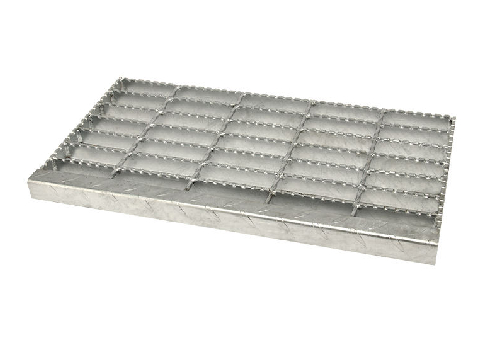The Aesthetic and Functional Appeal of Perforated Metal Sheets in Architecture
In the realm of modern architecture, the pursuit of innovative materials has led to a fascinating trend the use of perforated metal sheets. These versatile elements have transcended their utilitarian origins, evolving into significant design features that enhance both the aesthetic appeal and functionality of contemporary buildings. This article explores the various aspects and advantages of using perforated metal sheets in architecture, illustrating how they contribute to a new narrative in modern design.
Understanding Perforated Metal Sheets
Perforated metal sheets are thin plates of metal that have been punctured with a pattern of holes, which can vary in size, shape, and arrangement. This process not only allows for the extrusion of light and air but also provides a unique visual texture. Commonly made from materials like aluminum, stainless steel, and brass, these sheets are celebrated for their durability, lightweight nature, and recyclable properties.
The perforation patterns can be custom-designed to suit specific architectural needs, creating visual interest that reflects the intended narrative of the structure. For instance, larger holes can enhance visibility, while smaller, tighter patterns can provide privacy and reduce light exposure. This versatility makes perforated metal sheets a popular choice for various functions, including facades, sunscreens, and interior partitions.
Aesthetic Impact in Architectural Design
One of the most compelling aspects of perforated metal sheets is their ability to influence and transform the aesthetic quality of a building. Architects and designers are increasingly leveraging the artistic potential of these sheets to create dynamic visual compositions. By manipulating the size and arrangement of the perforations, different patterns can emerge, resulting in a distinctive identity for each project.
Moreover, the interplay of light and shadow created by perforated surfaces can dramatically alter perceptions of space. As sunlight filters through the holes, it casts intricate patterns on interior and exterior surfaces, enhancing the sensory experience of the building. This architectural playfulness has made perforated metal sheets a favorite among designers looking to establish a narrative that engages the viewer's curiosity.
Functional Benefits in Building Design
architecture perforated metal sheet

Beyond their aesthetic contributions, perforated metal sheets offer a plethora of functional benefits. One of the most notable is their ability to regulate light and temperature. When used in facades or sunscreens, these sheets can mitigate harsh sunlight, reducing glare and heat gain within the building. This innovative design not only improves occupant comfort but can also lead to significant energy savings in heating and cooling.
Additionally, perforated sheets facilitate ventilation, allowing for the natural flow of air without compromising security or privacy. As a result, these materials are ideal for applications in industrial and commercial settings, where ventilation is crucial.
Sound attenuation is another advantage. The perforated design can help absorb sound, making spaces quieter and more conducive to work and relaxation. This quality is particularly beneficial in urban environments where noise pollution is prevalent. Incorporating perforated metal sheets can create serene spaces within otherwise bustling areas.
Sustainability and Future Directions
The move toward sustainable building practices has further elevated the popularity of perforated metal sheets. Their recyclability and potential for reduced energy consumption make them an appealing choice for environmentally-conscious architects. In fact, many projects are increasingly focused on creating structures that have a minimal carbon footprint, and utilizing perforated sheets aligns with this vision.
Looking ahead, the integration of perforated metal sheets in architectural design is expected to grow. With advancements in production techniques and material science, the possibilities for customization and functionality will continue to expand. Designers will likely explore even more ambitious applications, pushing the boundaries of what is possible in architecture.
Conclusion
Perforated metal sheets embody the fusion of function and form in modern architectural design. By providing aesthetic richness while enhancing practicality through their light-filtering and ventilating capabilities, they have established themselves as essential elements in contemporary building projects. As architects continue to innovate and embrace sustainability, perforated metal sheets will undoubtedly play an increasingly pivotal role in shaping the structures of the future. Through their unique ability to marry beauty with utility, these sheets are not just functional elements but artistic expressions that narrate the evolving story of architecture.
-
Why Galvanized Trench Cover Steel Grating Resists Corrosion
NewsJul.10,2025
-
The Versatility and Strength of Stainless Expanded Metal Mesh
NewsJul.10,2025
-
Load Calculations in Steel Grating Platforms
NewsJul.10,2025
-
Keeping Pets and Kids Safe with Chicken Wire Deck Railing
NewsJul.10,2025
-
Hole Diameter and Pitch for Round Perforated Metal Sheets
NewsJul.10,2025
-
Aluminium Diamond Mesh in Modern Architecture
NewsJul.10,2025
Subscribe now!
Stay up to date with the latest on Fry Steeland industry news.

